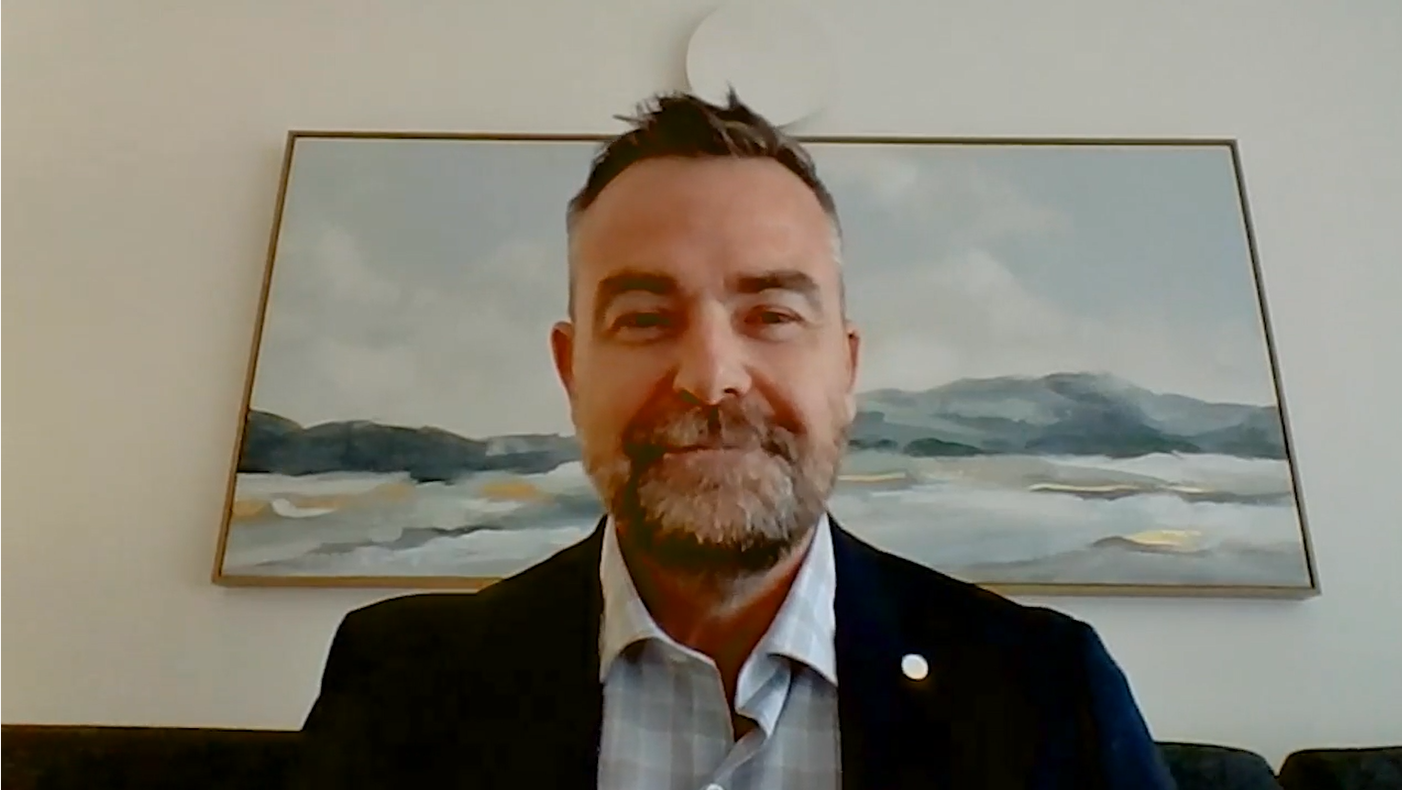Insights from BSI’s Future Learning Podcast
This article summarises the key points from BSI Group CEO Simon Dewar’s discussion on transnational education with BSI Learning Institute CEO Kala Philip, CEO of Cyprinoid Solutions Dr Russell Joshua and Vice Chancellor of Chandigarh University in Mohali, India Prof. Manpreet Singh Manna.
This is the first video in our series on Transnational Education, where we discuss the importance of global education in skilling for the future, and its importance to Australia.
Transnational education is becoming a key driver of global education. It bridges skills gaps and fosters economic growth across borders. As industries evolve and workforce demands shift, high-quality education beyond physical borders becomes even more critical. Australia has a strong foundation in higher and vocational education. This positions the country to lead the transformation.
The Evolution of International Education
According to Dr Russell Joshua, transnational education represents the third wave of international education. The first wave emerged after World War II and focused on cultural diplomacy. During this period, elite students studied abroad. The second wave brought mass inbound student migration, making education a global economic force.
Now, the third wave – transnational education – moves beyond physical mobility. It focuses on global education partnerships, offshore campuses, and digital learning platforms. This shift enables education to be delivered where it is needed most, providing tailored solutions that address local workforce needs while fostering international collaboration.
Why Transnational Education Matters
With increasing signs of de-globalisation, nations must therefore find new ways to strengthen ties in trade, culture, and security. In this context, transnational education plays a crucial role by fostering skill development, driving innovation, and promoting mutual understanding across borders.
For Australia, this shift presents a significant opportunity to further enhance its role as a leader in higher and vocational education. By actively collaborating with international partners, institutions can develop tailored learning programs that effectively address regional needs. As a result, this ensures a steady and continuous flow of skills and ideas across borders.
Conclusion
As the world navigates economic uncertainty and geopolitical shifts, transnational education is more than just a tool for skill development—it is a cornerstone for global stability and prosperity. By expanding access to higher and vocational education through international partnerships, Australia strengthens its global role. This helps shape the future workforce.
The shift towards transnational education is not just about exporting knowledge; it’s about co-creating solutions, fostering innovation, and building a globally connected workforce. This is the future of global education, and Australia is well-positioned to lead the way.
Watch the full podcast episode on Apple or Spotify.
Thank you for tuning in!
